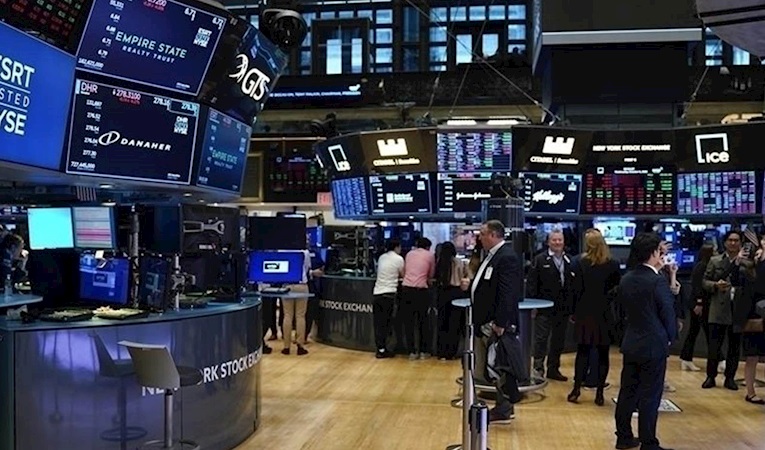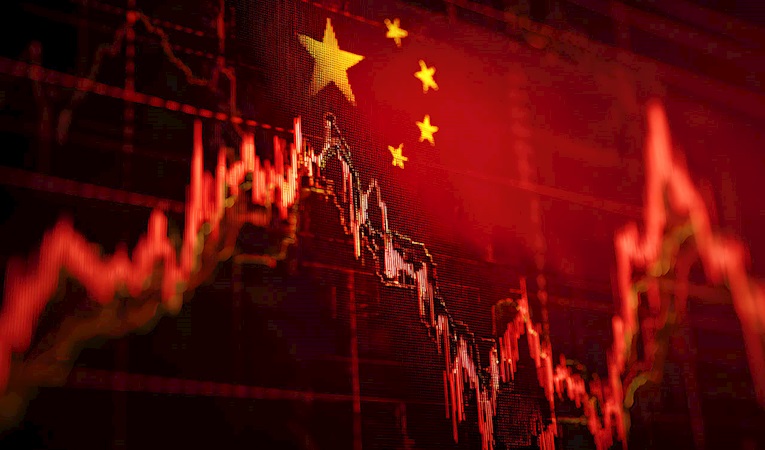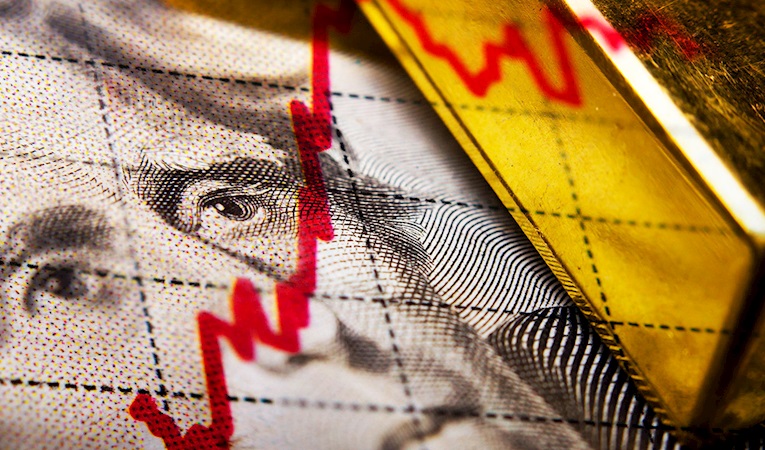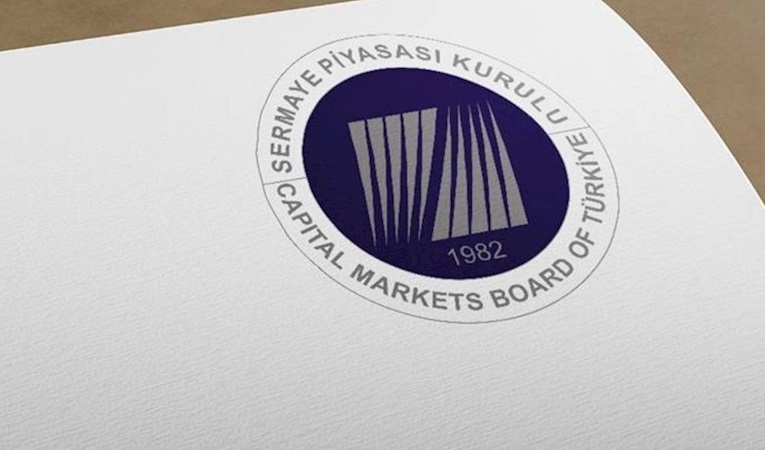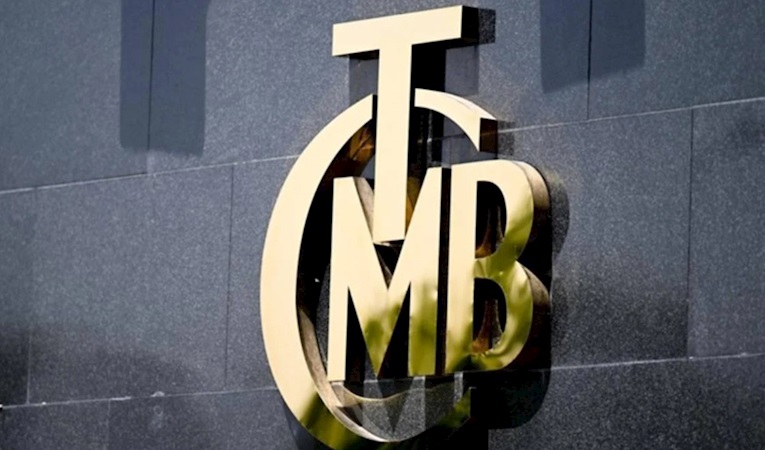
-
BIST 100
 11341,90%0,06En Düşük11291,08En Yüksek11354,26
11341,90%0,06En Düşük11291,08En Yüksek11354,26 -
DOLAR
 42,78%0,12Alış42,7554Satış42,8038En Yüksek42,8350
42,78%0,12Alış42,7554Satış42,8038En Yüksek42,8350 -
EURO
 50,12%-0,15Alış50,0692Satış50,1727En Yüksek50,2967
50,12%-0,15Alış50,0692Satış50,1727En Yüksek50,2967 -
EUR/USD
 1,17%-0,12Alış1,1708Satış1,1709En Yüksek1,1739
1,17%-0,12Alış1,1708Satış1,1709En Yüksek1,1739 -
ALTIN
 5967,26%0,21Alış5963,89Satış5970,64En Yüksek5994,10
5967,26%0,21Alış5963,89Satış5970,64En Yüksek5994,10
-
BIST 100
 11341,90%0,06En Düşük11291,08En Yüksek11354,26
11341,90%0,06En Düşük11291,08En Yüksek11354,26 -
DOLAR
 42,78%0,12Alış42,7554Satış42,8038En Yüksek42,8350
42,78%0,12Alış42,7554Satış42,8038En Yüksek42,8350 -
EURO
 50,12%-0,15Alış50,0692Satış50,1727En Yüksek50,2967
50,12%-0,15Alış50,0692Satış50,1727En Yüksek50,2967 -
EUR/USD
 1,17%-0,12Alış1,1708Satış1,1709En Yüksek1,1739
1,17%-0,12Alış1,1708Satış1,1709En Yüksek1,1739 -
ALTIN
 5967,26%0,21Alış5963,89Satış5970,64En Yüksek5994,10
5967,26%0,21Alış5963,89Satış5970,64En Yüksek5994,10
- Anasayfa
- Haberler
- Tüm Haberler
- Economy At The Crossroads
Economy At The Crossroads
At the end of the first half of the year the annual growth rate stood at 13.5 percent, which means that 2004 is definitely going to be a year of rapid growth. Even if the growth rate in the second ...
At the end of the first half of the year the annual growth rate stood at 13.5 percent, which means that 2004 is definitely going to be a year of rapid growth. Even if the growth rate in the second half of the year is zero, the rate for the year as a whole will exceed 5 percent, which is the criterion for rapid growth. According to our forecasts the actual growth rate in 2004 will not be less than 10 percent.
If this is the year-end rate in 2004 then it will make three years in a row that the economy has grown.
 As Capital noted in its January 2004 Conjuncture section, headlined “Third Year of Growth’, Turkey has not experienced many years of rapid growth. Including the current period, in the 81 years since the Republic was founded there have only been four times when rapid growth has continued for more than two years. And the length of these periods is very short.
As Capital noted in its January 2004 Conjuncture section, headlined “Third Year of Growth’, Turkey has not experienced many years of rapid growth. Including the current period, in the 81 years since the Republic was founded there have only been four times when rapid growth has continued for more than two years. And the length of these periods is very short.
Periods Of Rapid Growth
We experienced a period of more than two years of rapid growth immediately after the foundation of the Republic. Between 1924 and 1926 the economy recorded rapid growth three years in a row. This period of rapid growth, which was the result of land in Anatolia that had remained unused for 10 years as the result of wars beginning to be cultivated again, was brought to an end by a severe drought. The economy grew rapidly again in 1928 and 1929 but the series of years of rapid growth had been broken.
The second period of more than two successive years of rapid growth came at the beginning of the multiparty era. Between 1950 and 1953 the economy grew rapidly for four years in a row. This was the longest sustained period of growth in our history and coincided with mechanization in agriculture and a rise in global demand for agriculture products as a result of the Korean War. The number of tractors in Turkey rose from 1,756 in 1948 to over 35,000 by 1953. But the removal of these positive factors and inability to take timely measures to rectify the foreign trade deficit resulted in a crisis in 1954 and the series of years of rapid growth was again broken.
 The third period of more than two years of rapid growth was recent enough for us all to remember. After the crises of 1994 the economy succeeded in recording rapid growth for three years in a row. The major factors unpinning that growth were Turkey’s entry into the Customs Union with the EU in 1996 and an increase in confidence about the future. Expectations of an increase in exports following the Customs Union produced an explosion of investments in textiles in particular. But the emergence in subsequent years of political instability and the repercussions of the crises in Asia and Russia meant that this period of rapid growth was also short-lived.
The third period of more than two years of rapid growth was recent enough for us all to remember. After the crises of 1994 the economy succeeded in recording rapid growth for three years in a row. The major factors unpinning that growth were Turkey’s entry into the Customs Union with the EU in 1996 and an increase in confidence about the future. Expectations of an increase in exports following the Customs Union produced an explosion of investments in textiles in particular. But the emergence in subsequent years of political instability and the repercussions of the crises in Asia and Russia meant that this period of rapid growth was also short-lived.
We Have Come To The Crossroads
 It is not necessary to explain at length why the economy has grown rapidly over the last three years. The growth of 2002 was the result of a low base produced by the crisis of 2001 and an increase in exports. The explosion of exports in 2003 meant that growth remained high. This year a combination of exports maintaining their performance, domestic demand and the rise in investments has fuelled an even greater pace of growth.
It is not necessary to explain at length why the economy has grown rapidly over the last three years. The growth of 2002 was the result of a low base produced by the crisis of 2001 and an increase in exports. The explosion of exports in 2003 meant that growth remained high. This year a combination of exports maintaining their performance, domestic demand and the rise in investments has fuelled an even greater pace of growth.
The extent to which this most recent period of growth can be sustained depends on the direction the economy takes from the crossroads at which it now finds itself. If we follow the road signs towards things such as an increase in political tensions, the burning of bridges with the EU and neglecting relations with the IMF, then we can say goodbye to the period of high growth here and now. Because it is impossible for the extraordinarily rapid growth this year and the increasingly delicate economic balances to survive such a rocky road. But if the way to EU membership lies open, the agreement with the IMF is renewed and there are no political tensions, then it is possible to predict that this period of rapid growth will continue for at least two more years. If, during this period, we can make a little more progress in terms of inflation and the debt burden, we may be able to maintain rapid growth through to 2010.
Not The Time For Tensions
Up until the middle of last month, nearly everyone was sure that we would take the second road. But the situation changed in the wake of the tensions in relations with the EU after the arguments about adultery and the abandonment of the legislation of the new Turkish Penal Code. As we were preparing the Conjuncture section, Prime Minister Recep Tayyip Erdoğan had completed his meetings in Brussels and received a positive response. Perhaps by the time this magazine is published, this problem will have been completely overcome. If so, then there will be no obstacle to our speeding ahead on the freeway of rapid growth.
If there are problems in relations with the EU then this may prove an obstacle to positive developments in the other two areas. If there appears little prospect of Turkey joining the EU then this will also reduce the chances of reaching an advantageous agreement with the IMF. The opposition which has been ineffective in parliament may take the streets. Of course, this will not be good at all for the economy.
Surviving Sensitive Times
Indeed, at time of continuing delicate balances in the economy, it has been the positive expectations about EU membership and a new IMF agreement that have kept it on its feet. In the last six months the spiraling current account deficit has exceeded 4 percent of national income. It was a lower rate (3.5 percent) than this which in 1994 pushed us into a crisis.
If things go as well as hoped in these two areas then we may be able to ride out this sensitive period without having a crisis. In any case, there is a trend towards an economic slowdown. As postponed demand is slowly satisfied, the impetus from domestic demand will disappear over the next 3-4 months. In the months ahead there will also be a decline in the positive impact of the explosion in investments resulting from the launch of projects which had been delayed for three years.
The completion of ongoing investments will increase a production capacity which is currently nearing its limits, and provide a healthier foundation for growth in 2005. If relations with the EU and the IMF go well, it will be easier to finance this growth. If accession negotiations begin with the EU then foreign capital inflow will increase, while a new agreement with the IMF will make it easier to borrow from abroad.
The Road To Being A Tiger
The acceleration in the rate of growth this year will be reflected in the first half of 2005. If no major mistakes are made in the management of the economy, we believe that this momentum can ensure sustained rapid growth through into 2006. If this happens then we shall have enjoyed the longest period of high growth in our history.
Maintaining rapid growth in the years ahead is dependent on making progress in the reform process over the next two years. During this period it is essential that we continue to cut inflation to under 5 percent. We need to reduce the public debt stock to under the Maastricht criterion of 60 percent. We also have to continue to lower the budget deficit as a proportion of national income. If we can solve the problems in the social security system then this will help to removing another factor which makes the outside world view our economy with suspicion.
The new agreement with the IMF will expire in 2007. If we can untangle ourselves from the IMF then we shall really be able to take off in the years ahead.
If everything goes as we foresee, the JDP will come to power again in the 2007 elections. If the JDP continues to implement appropriate policies in the future, then the economy can continue to grow at a rapid pace in the years ahead.
Development Is Dependent On Uninterrupted Growth
 Spain joined the ranks of developing nations by recording an average annual growth rate of 6.4 percent in 1964-74. South Korea, which was less developed than us in the 1960s, closed the gap by growing by an average of 9.9 percent in the period 1965-80. Although it stumbled in 1980 it subsequently continued with uninterrupted growth through to the Asian crisis of 1997 and produced the development miracle of the 20th century. Even if in recent years South Korea has failed to repeat the performance of former years, it is today a developed country.
Spain joined the ranks of developing nations by recording an average annual growth rate of 6.4 percent in 1964-74. South Korea, which was less developed than us in the 1960s, closed the gap by growing by an average of 9.9 percent in the period 1965-80. Although it stumbled in 1980 it subsequently continued with uninterrupted growth through to the Asian crisis of 1997 and produced the development miracle of the 20th century. Even if in recent years South Korea has failed to repeat the performance of former years, it is today a developed country.
If Turkey, which has been burning with desire to emulate this achievement ever since the foundation of the republic, is to succeed in this goal then it has to realize the scenario described above. At the moment our economic and demographic indicators closely resemble those of Spain and South Korea in the period before take-off. We have a large population of working age and the education level of our human resources has doubled in the last quarter of a century; leaving us just waiting for the signal to make major economic progress. If we do not make serious mistakes in the management of the economy, the ten years ahead of us could turn into our own take-off era.
High Level Of Monopolization In Industry
We tend to think that over the last ten years the level of competition in some sectors in Turkey has increased. It is easy to see that competition has intensified in certain sectors such as clothing, household goods, and white and electronics goods.
But data from the State Institute of Statistics (SIS) show that the level of competition in industry has not risen. According to the statistics for levels of concentration in manufacturing industry most sectors are still dominated by 2-3 firms.
The SIS statistics for manufacturing industry are calculated on taking the total sales of the four largest firms in each sector as a proportion of total sales revenue. If this figure is less than 30 percent then this means that there is a competitive environment. If the figure is 30-50 percent then this defined as a medium degree of concentration, if it is 50-70 percent then degree of concentration is high and if it is over 70 percent then it is described as very high.
According to the most recent figures, which are for 2001 and were published last month, the rate of monopolization in manufacturing industry is 58.5 percent. What is striking is that this very high rate has not changed much over the last two years.
What is most interesting is that, after the economy was opened to competition in 1980, the rate of monopolization did not fall; it increased. In 1980 the rate of monopolization was calculated at 51.2 percent.
We Are Rising Up The Global Export League
The rise in exports over the last three years has increased Turkey’s share of the global export market. In 2000 our share of total exports in the world stood at 0.43 percent. In 2003 this had risen to 0.62 percent.
According to World Bank statistics for the last 40 years, Turkey’s share of global exports can be roughly divided into two periods. In the period 1960-80 our share of global exports fell, while it has increased since 1980.
In 1960 our share of global exports was 0.25 percent, falling to 0.15 percent in 1980. During this period our exports were comprised of agricultural products whose value was continually falling.
In the period 1980-85 our share of global exports rose rapidly. This development was the result of two factors. The first was the increase in the exchange rate during the aforementioned period and the other was the incentives for exports which produced a major increase in volume. Moreover, after 1980 the structure of our exports changed and there was a growth in the share of industrial products selling for higher prices.
From 1985-2000 our share of global exports did not change very much. Our exports increased during the period, but the rate of growth ran parallel to that of the rise in global trade. The high increase in the exchange rate, the abandonment of incentives and rising labor costs prevented an explosion in exports during this period.
The rapid growth in exports from 2001 onwards occurred despite the absence of any assistance from the exchange rate. The reasons underlying this increase are a fall in wages and a rise increase in productivity.
Our share of global exports increased in 2003 and we moved two places up the export league to 34th. Germany ranked first in this league in 2001. Germany accounts for 10 percent of the world’s exports.
Türkiye ve dünya ekonomisine yön veren gelişmeleri yorulmadan takip edebilmek için her yeni güne haber bültenimiz “Sabah Kahvesi” ile başlamak ister misiniz?

